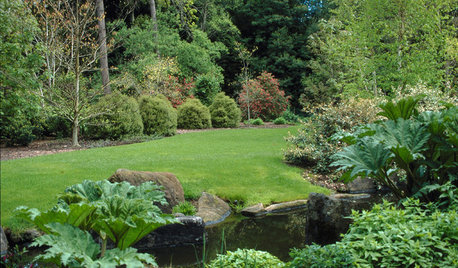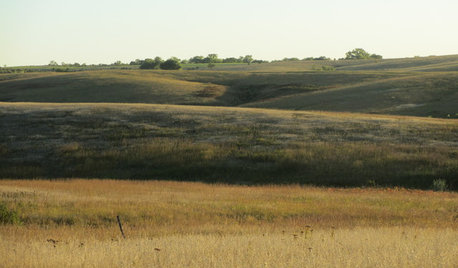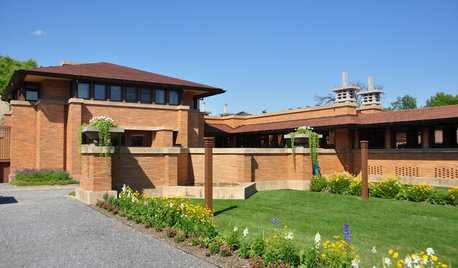What prairie species can survive mowing 2-3X per year?
nick_b79
7 years ago
Related Stories

GARDENING GUIDES5 Prairie Wildflowers That Can Heal Your Soil
Get free, organic soil fertilizer with nitrogen-pumping plants that draw pollinators too
Full Story
FUN HOUZZHow to Survive an Epidemic of Walking Dead
Tips to use around the house and garden to prep for the zombie apocalypse
Full Story
HOLIDAYSSurviving the Christmas Countdown: A Parent's Guide
Make things easier on yourself, for heaven's sake — and for the sake of truly enjoying the holiday with your family
Full Story
FRONT YARD IDEASBefore and After: Front Lawn to Prairie Garden
How they did it: Homeowners create a plan, stick to it and keep the neighbors (and wildlife) in mind
Full Story
GARDENING GUIDESYou Don't Need Prairie to Help Pollinators
Woodlands, marshes, deserts — pollinators are everywhere
Full Story
GARDENING GUIDES8 New Ways to Garden This Year
A successful garden means knowing the plants, the wildlife and yourself
Full Story
GARDENING GUIDESHow to Get Your Prairie On
Have a field day with your landscape, even if you've got just a few modern containers on a paved path
Full Story
INSPIRING GARDENSWhat We Can Learn From Longwood Gardens’ New Meadow
Sustainability, ecology, native plant communities ... this public garden is brimming with lessons on horticulture for home gardeners
Full Story
FALL GARDENINGReflecting on a Gardening Year
Mistakes and successes, surprises and comforts. The garden helps us grow in new ways every year
Full Story
HISTORIC HOMESFrank Lloyd Wright's Prairie Triumph Returns
Sixteen years' worth of restoration and reconstruction efforts have brought the Martin House Complex in New York back to glory
Full Story





User
ZachS. z5 Platteville, Colorado
Related Professionals
New Bedford Landscape Architects & Landscape Designers · Port Royal Landscape Architects & Landscape Designers · Salisbury Landscape Architects & Landscape Designers · Anderson Landscape Contractors · Bainbridge Island Landscape Contractors · Gloucester Landscape Contractors · Reedley Landscape Contractors · Waterford Landscape Contractors · West Covina Landscape Contractors · Yuba City Landscape Contractors · Boone Decks, Patios & Outdoor Enclosures · Cincinnati Decks, Patios & Outdoor Enclosures · Pittsburgh Decks, Patios & Outdoor Enclosures · Salisbury Decks, Patios & Outdoor Enclosures · West Bloomfield Township Decks, Patios & Outdoor Enclosureswisconsitom